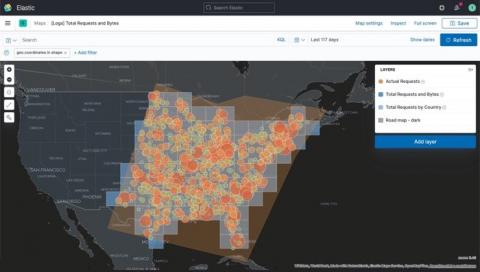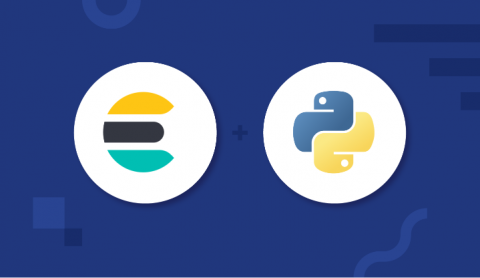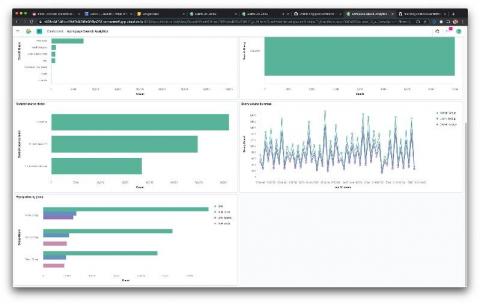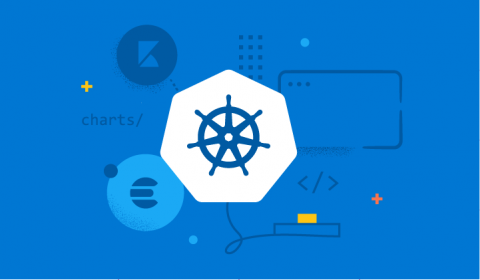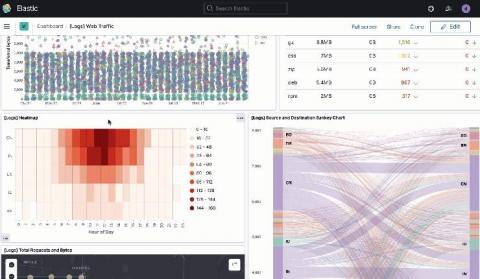Pushing boundaries with Elastic Maps 7.10
Elastic Maps added several exciting features with the release of Kibana 7.10 that let you do even more with your location data. From making it easier to upload files with latitude and longitude fields to being able to trigger an alert when something moves across a boundary, there are a host of jaw droppingly cool new things to check out. I’ll be providing a good overview in this blog, but to see the real magic, I’d suggest: Now onto the good stuff!


